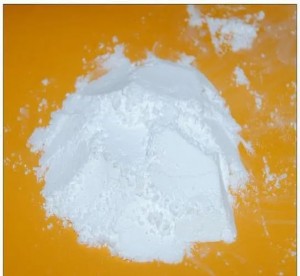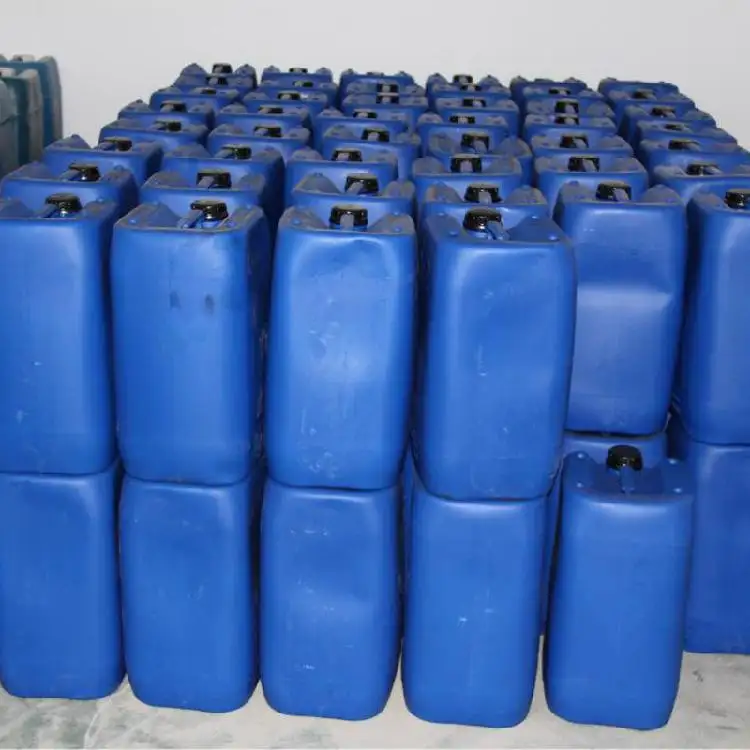
Softening paste plays a vital role in modern textile production. You rely on it to make fabrics softer, smoother, and more comfortable. It also improves the quality of textiles, ensuring they last longer and perform better. By enhancing usability and durability, it meets the growing demand for high-quality, consumer-friendly fabrics.
Benefits of Softening Paste
Enhancing Fabric Texture and Softness
Softening paste transforms the way fabrics feel. It works by reducing the stiffness of fibers, making them smoother and more pleasant to touch. You can notice the difference in textiles treated with it, as they feel luxurious and gentle against the skin. This improvement in texture is especially important for garments like t-shirts, bed linens, and towels, where comfort is a top priority. By using softening paste, manufacturers ensure that fabrics meet your expectations for softness and quality.
Improving Durability and Longevity
Softening paste doesn’t just make fabrics softer; it also strengthens them. It reduces friction between fibers, which helps prevent wear and tear during washing or daily use. This means your clothes, upholstery, or other textiles last longer without losing their quality. For example, denim treated with softening paste retains its structure and softness even after multiple washes. You benefit from products that stay in great condition over time, saving you money and reducing waste.
Increasing Consumer Appeal and Usability
Softening paste enhances the usability of textiles, making them more appealing to consumers like you. Fabrics treated with it are easier to sew, fold, and handle during production. This results in finished products that look and feel better. Whether it’s a cozy sweater or a durable curtain, softening paste ensures the final product meets your needs. Its role in improving fabric quality also makes it a key factor in driving customer satisfaction and loyalty.
Applications of Softening Paste in Textile Production

Role in Pre-Treatment and Post-Treatment Processes
Softening paste plays a key role in both pre-treatment and post-treatment stages of textile production. During pre-treatment, it prepares fabrics by reducing stiffness and improving flexibility. This makes the material easier to handle during weaving, dyeing, or printing. In post-treatment, it enhances the final texture and feel of the fabric. You can see its impact in products like towels or bed linens, where softness is essential. By using softening paste in these processes, manufacturers ensure that fabrics meet your expectations for comfort and quality.
Use Across Different Fabric Types (e.g., cotton, polyester, silk)
Softening paste works effectively on a wide range of fabrics. Whether it’s natural fibers like cotton and silk or synthetic ones like polyester, it improves the texture and usability of each material. For cotton, it adds a plush feel, making it ideal for clothing and home textiles. On polyester, it reduces the synthetic stiffness, giving it a more natural and comfortable touch. Even delicate fabrics like silk benefit from its application, as it enhances their smoothness without compromising their elegance. This versatility ensures that you enjoy high-quality textiles, no matter the material.
Integration with Other Textile Auxiliary Agents (e.g., silicone softeners, cationic softening flakes)
Softening paste often works alongside other textile auxiliary agents to deliver superior results. For example, it complements silicone softeners to provide a silky finish and improve fabric elasticity. When combined with cationic softening flakes, it enhances the softness of cotton, linen, and wool. These integrations allow manufacturers to tailor the properties of textiles to meet your specific needs. Whether it’s for durability, comfort, or aesthetics, the combination of softening paste with other agents ensures that the final product exceeds your expectations.
Why Softening Paste is Essential Today
Meeting Consumer Demand for Comfort and Quality
You expect textiles to feel soft and comfortable while maintaining high quality. Softening paste helps manufacturers meet these expectations by enhancing the texture and usability of fabrics. It ensures that garments, linens, and other textiles feel luxurious and gentle against your skin. This improvement in comfort directly influences your purchasing decisions. When you find a product that feels good to wear or use, you are more likely to choose it over others. Softening paste plays a key role in creating these desirable qualities, making it an essential tool for meeting modern consumer demands.
Supporting Sustainability and Eco-Friendly Practices
Sustainability has become a priority in the textile industry. You care about how products are made and their impact on the environment. Softening paste supports eco-friendly practices by reducing the need for harsh chemicals during fabric processing. Many softening pastes today are formulated to be biodegradable, ensuring minimal harm to the planet. By extending the lifespan of textiles, it also helps reduce waste. When your clothes last longer, you replace them less often, which contributes to a more sustainable lifestyle. This makes softening paste a valuable ally in promoting environmental responsibility.
Enhancing Competitiveness in the Textile Industry
The textile market is highly competitive. Manufacturers must deliver products that stand out in terms of quality and comfort. Softening paste gives them an edge by improving the feel and durability of fabrics. When you experience a product that combines softness with long-lasting performance, it leaves a positive impression. This drives brand loyalty and repeat purchases. For manufacturers, using softening paste is not just about improving textiles; it’s about staying ahead in a demanding industry. Its ability to enhance fabric quality makes it a critical factor in maintaining competitiveness.
Softening paste transforms textile production by improving fabric quality, usability, and sustainability. You see its impact across every stage, from pre-treatment to finishing. Its ability to meet your expectations for comfort and durability makes it essential. As the textile industry evolves, softening paste will continue shaping the fabrics you use every day.
Post time: Jan-10-2025

